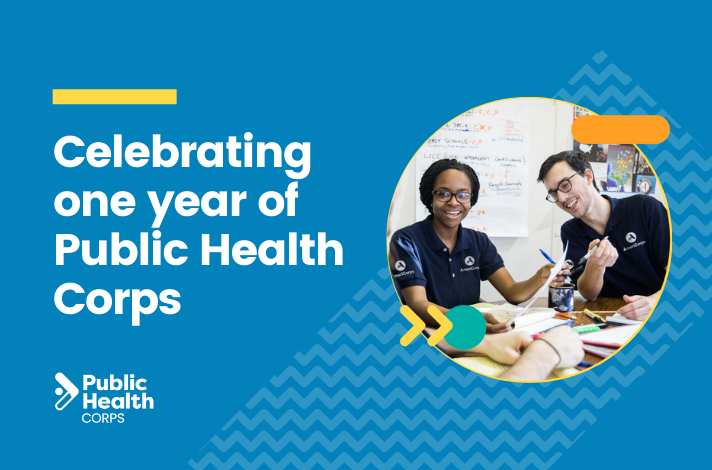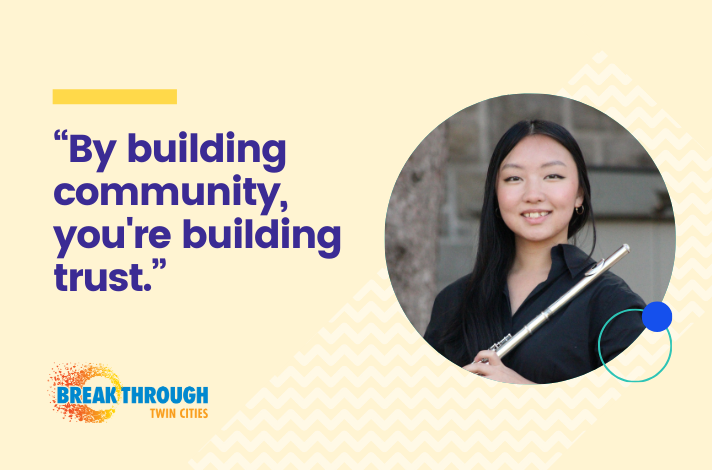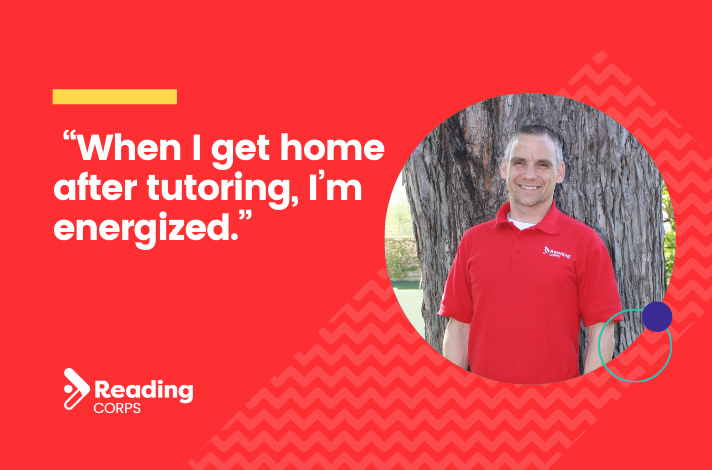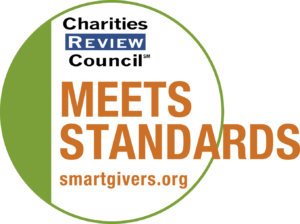In pandemic recovery efforts, a huge concern has been the country’s overworked public health workforce. Doctors, nurses, and other healthcare workers who survived the height of the pandemic have emerged exhausted, with 47% planning on leaving the industry by 2025. As more people continue to leave the industry, burnt-out workers end up taking on even more.
AmeriCorps can support this kind of workforce conundrum, so it makes sense that the American Rescue Plan funded a national AmeriCorps public health program. That funding allowed us to launch Minnesota Public Health Corps last fall, supporting the capacity of 37 public health organizations across the state. The program works on two levels: it provides immediate support to public health providers, and in doing so helps train tomorrow’s public health workforce.
In this first year, the 66 Public Health Corps members have done everything from analyzing COVID-19 vaccination data to sharing information about mental health with high schoolers and their parents. In total, their activities span five main categories: COVID-19 response activities, community engagement, internal process improvement, data collection, and data interpretation.
We surveyed both programs and organizations, and the results are in: across the board, people love the program. Here are some major takeaways from members and sites:
- 93% of members said the program had a positive effect on their professional growth.
- 100% of host organizations said the program had a positive effect on their organization.
- 96% of members and 100% of host organizations said they were likely to recommend the program to others in their network.
- 78% of members are planning to pursue a career in public health after their service with AmeriCorps.
Why is the program so successful? There are two major parts of the program that contribute.
- Partner organizations define their own needs.
Each partner organization that hosts a Public Health Corps member creates a service plan that describes how that member will support their organization and community. This helps ensure that the service is carefully tailored to that organization’s specific needs. There’s also flexibility there – organizations can adjust their AmeriCorps member’s projects to meet shifting needs. - Multi-layered partnerships provide added support.
Public Health Corps partnered with the University of Minnesota’s School of Public Health to train members as well as support evaluation. The program also partners with the Minnesota Department of Public Health as well as the Local Public Health Association (LPHA) of Minnesota, both of which support program design. Industry experts of the LPHA also support partner organizations in managing their members and creating service plans. These partnership act as “checks and balances” to help ensure Public Health Corps members are well-trained and sites are satisfied.

